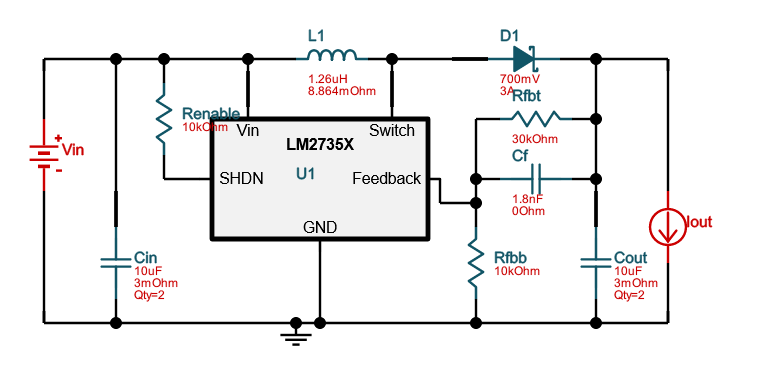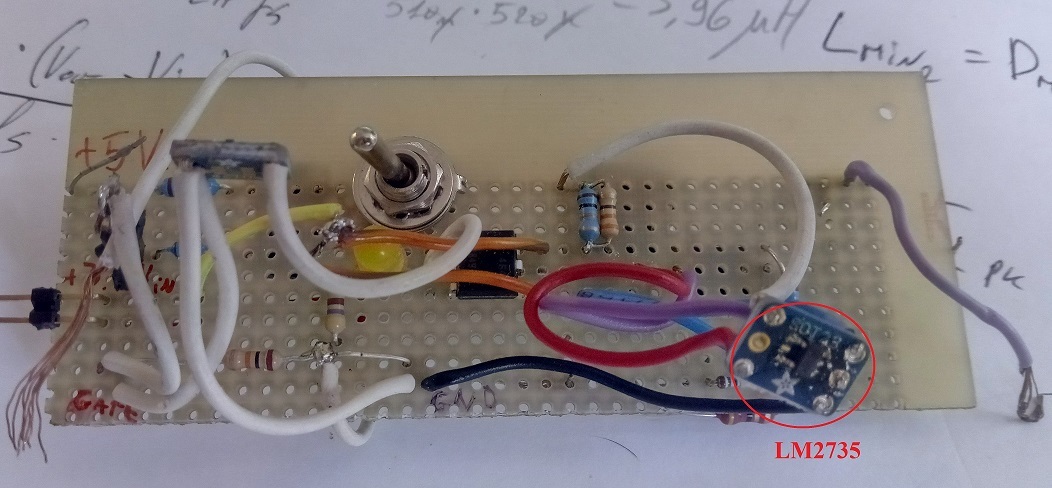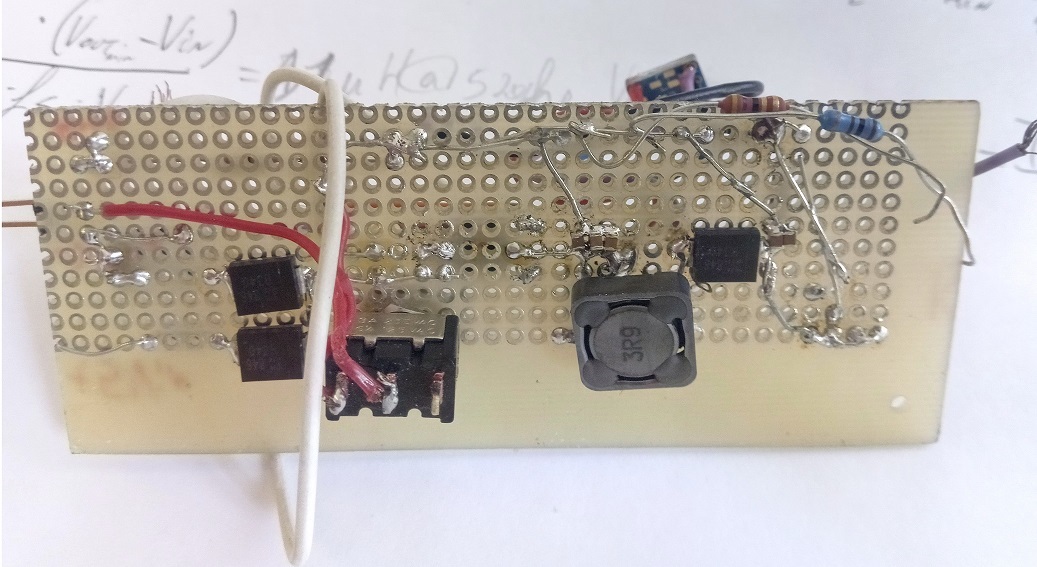Tool/software: WEBENCH® Design Tools
Hello,
i created a design in WeBench for the LM2735X with Vin in the range 3.7-4.2V and Vout = 5V @ 1.25A, and it gave me this schematic:

Even though in the datasheet a curve is not given for the 5V output, i then went on to build and test the circuit: i hooked it up to my generator to keep track of the current absorbed, while monitoring the output with a multimeter: the output voltage of the circuit is more or less constant up to 200mA draw, afterwards it starts dropping, all the way down to 3.8V if i try to sink 1A; i ran these tests loading the output with power resistors.
By looking at the waveform in WeBench, i see the inductor current has spikes up to 2.1A, about what the LM2735 is rated for: am i asking too much to this device?
The coil i used is Bourns SRN5020TA-1R2Y, which should have a high enough Isat of 4A, but reports 20mOhm DCR, almost double of what WeBench suggested, could this be the limitation in my circuit?
Perhaps my problem cannot be solved with this device: i'm trying to boost from a li-ion battery (hence the 3.7-4.2 Vin) up to at least 5V@1A, but since i don't own a hot air soldering station i'm trying to use components in footprints that, albeit small, can still be soldered with an iron and a very small tip; so, i'm open to any suggestion, should i have to turn my attention to a different purt number.




